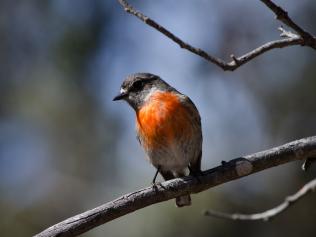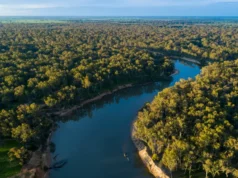A feature story for The Weekend Australian Travel Section, published November 24, 2016.
I’m expecting some surprises when I arrive on Kangaroo Island, but I’m not expecting my first one to be a pair of eyes staring up at me from inside a rather whiffy wheelie bin when I throw away my backpack’s baggage tag.

Excerpt below:
I’m an hour’s drive from Kingscote airport, at Flinders Chase National Park in the southwest corner of the surprisingly large island, 13km off South Australia’s Fleurieu Peninsula. The young brushtail possum snoozing on a black rubbish bag doesn’t like being disturbed and gives a startled snarl. National Parks SA ranger Alison Buck observes my first encounter with the local wildlife with interest, but not surprise. “Welcome to Kangaroo Island,” she says with a shrug.
It’s the starting point for the South Australian government’s new $5 million Kangaroo Island Wilderness Trail, a project aimed at bringing more tourism to Australia’s third largest island. The trail is a 61km five-day, four-night hike along a remote stretch of coastline, unique in its biodiversity, and one that until now has been largely inaccessible to visitors. Laden with supplies, I pick my way along the track from the Flinders Chase Visitor Centre, sidling the famous platypus waterholes. Although now happily at home, the platypus isn’t actually native to the island. Like many animals it was introduced in the early 20th century to supplement a struggling mainland population. Kangaroo Island in this sense functioned as a kind of ark, while its own native species evolved subtle distinctions from their mainland cousins.
For the full story, visit The Australian.


